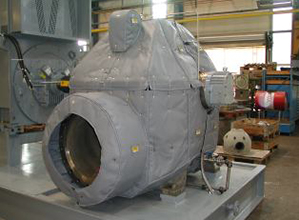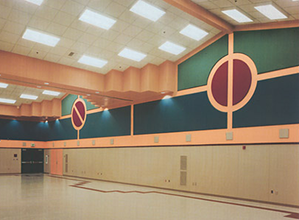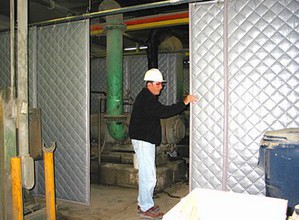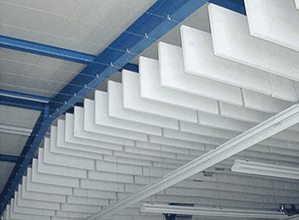Noise and Hearing Loss in the Workplace
Many workers are faced with occupational noise hazards every day. Hazardous noise sources can include loud machinery and the collective noise of people in a classroom, warehouse, or shared workspace. Gradual hearing loss resulting from workplace noise is a very real threat. Even worse, it is much more pervasive than most of us realize.
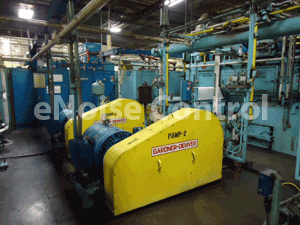 According to the CDC, workers involved in industries as diverse as farming, manufacturing, construction, and mining, as well as musicians, teachers, firefighters, and even call center operators face everyday noise levels that should make protecting their hearing a top priority. It is important to note that conditions in the exposure levels are not the only factors affecting risk. Other factors, such as age, gender, genetics, and ethnicity can have an effect on the severity of damage and, over time, hearing loss. Because it is not possible to measure the susceptibility of an individual worker, all workers must be well-protected.
According to the CDC, workers involved in industries as diverse as farming, manufacturing, construction, and mining, as well as musicians, teachers, firefighters, and even call center operators face everyday noise levels that should make protecting their hearing a top priority. It is important to note that conditions in the exposure levels are not the only factors affecting risk. Other factors, such as age, gender, genetics, and ethnicity can have an effect on the severity of damage and, over time, hearing loss. Because it is not possible to measure the susceptibility of an individual worker, all workers must be well-protected.
But what might hearing protection look like? The CDC’s National Institute for Occupational Safety and Health, or NIOSH, has developed some practical guidelines to help navigate this process. In 1996, NIOSH published Preventing Occupational Hearing Loss – A Practical Guide. In this document, NIOSH highlights the hierarchy of controls. Below is a summary.
- First, prevent or contain the escape of the hazardous workplace agent (noise) at its source. This is also called an engineering control.
- Then, control exposure by relocating the worker to safe area. This is considered an administrative control.
- Lastly, control the exposure with barriers between the worker and the hazard. This includes personal protective equipment.
This hierarchy underscores the principal that the best prevention strategy is to have no exposure to agents that can cause or contribute to hearing loss. Automating equipment or allowing workers to operate from a quiet control room are examples of ways companies are attempting to tackle this issue. When neither of these are possible, the worker must use hearing protection. Many workplace environments have found sound control measures such as sound blankets, barriers, enclosures, and other types of acoustic treatments to be very effective. These serve to lessen the overall noise levels and lead to healthier long-term environments.
NIOSH publishes documents that outline attributes of successful hearing loss prevention programs. Of these programs, there are eight components:
- Noise exposure monitoring
- Engineering and administrative controls
- Audiometric evaluation
- Hearing protection devices
- Education and motivation
- Record keeping
- Program evaluation
- Program audit
eNoise Control specializes in providing professional noise studies and designing sound control solutions. We can help you accurately assess the most problematic areas in your facilities and suggest ways to quiet the noise. Learn more about the growing threat of hearing loss and then call eNoise Control for help with your facility.
